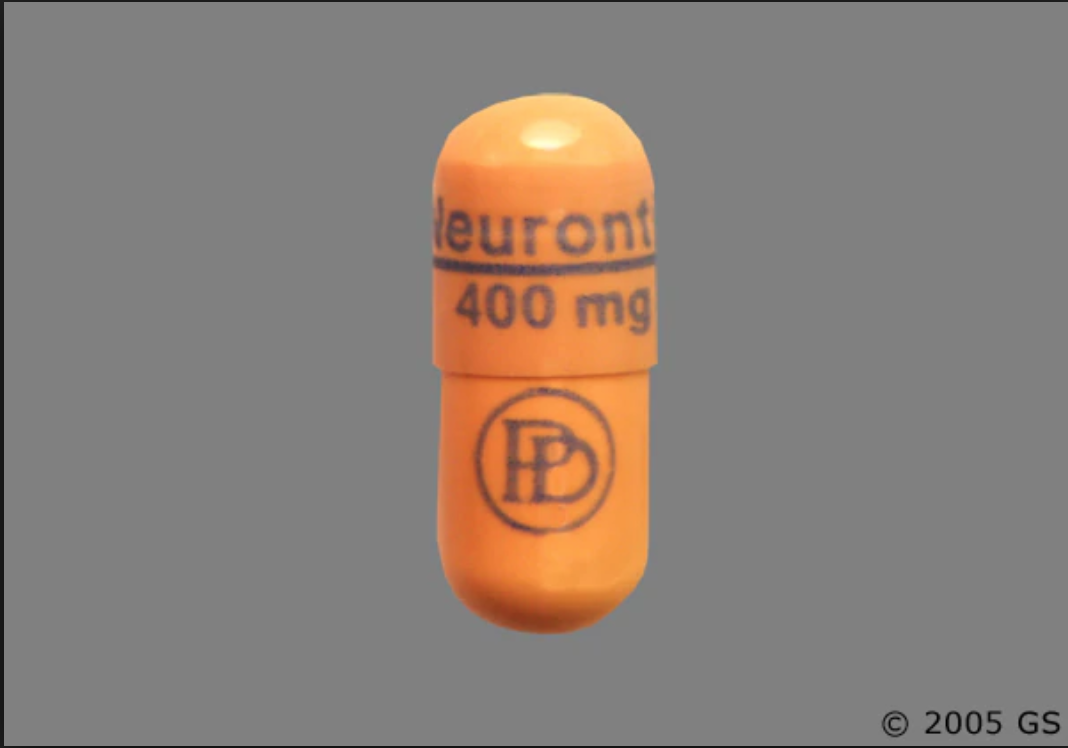Amoxapine | Asendin
NEURONTIN is indicated for:
- Postherpetic neuralgia in adults (1)
- Adjunctive therapy in the treatment of partial onset seizures, with and without secondary generalization, in adults and pediatric patients 3 years and older with epilepsy (1)
Dosage and Administration:
- Postherpetic Neuralgia (2.1)
- Dose can be titrated up as needed to a dose of 1800 mg/day
- Day 1: Single 300 mg dose
- Day 2: 600 mg/day (i.e., 300 mg two times a day)
- Day 3: 900 mg/day (i.e., 300 mg three times a day)
- Epilepsy with Partial Onset Seizures (2.2)
- Patients 12 years of age and older: starting dose is 300 mg three times daily; may be titrated up to 600 mg three times daily
- Patients 3 to 11 years of age: starting dose range is 10 to 15 mg/kg/day, given in three divided doses; recommended dose in patients 3 to 4 years of age is 40 mg/kg/day, given in three divided doses; the recommended dose in patients 5 to 11 years of age is 25 to 35 mg/kg/day, given in three divided doses. The recommended dose is reached by upward titration over a period of approximately 3 days
- Dose should be adjusted in patients with reduced renal function (2.3, 2.4)

—–INDICATIONS AND USAGE—–
- See description above.
—–DOSAGE AND ADMINISTRATION—–
- See description above.
—–CONTRAINDICATIONS—–
- Known hypersensitivity to gabapentin or its ingredients (4)
—–WARNINGS—–
- Drug Reaction with Eosinophilia and Systemic Symptoms (Multiorgan hypersensitivity): Discontinue if alternative etiology is not established (5.1)
- Anaphylaxis and Angioedema: Discontinue and evaluate patient immediately (5.2)
- Driving Impairment; Somnolence/Sedation and Dizziness: Warn patients not to drive until they have gained sufficient experience to assess whether their ability to drive or operate heavy machinery will be impaired (5.3, 5.4)
- Increased seizure frequency may occur in patients with seizure disorders if NEURONTIN is abruptly discontinued (5.5)
- Suicidal Behavior and Ideation: Monitor for suicidal thoughts/behavior (5.6)
- Neuropsychiatric Adverse Reactions in Children 3 to 12 Years of Age: Monitor for such events (5.7)
—–ADVERSE REACTIONS—–
- Most common adverse reactions (incidence ≥8% and at least twice that for placebo) were:
- Postherpetic neuralgia: Dizziness, somnolence, and peripheral edema (6.1)
- Epilepsy in patients >12 years of age: Somnolence, dizziness, ataxia, fatigue, and nystagmus (6.1)
- Epilepsy in patients 3 to 12 years of age: Viral infection, fever, nausea and/or vomiting, somnolence, and hostility (6.1)
—–DRUG INTERACTIONS—–
- Concentrations increased by morphine; may need dose adjustment (5.4, 7.2)

